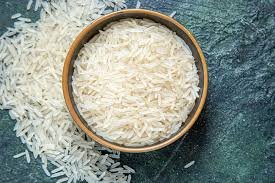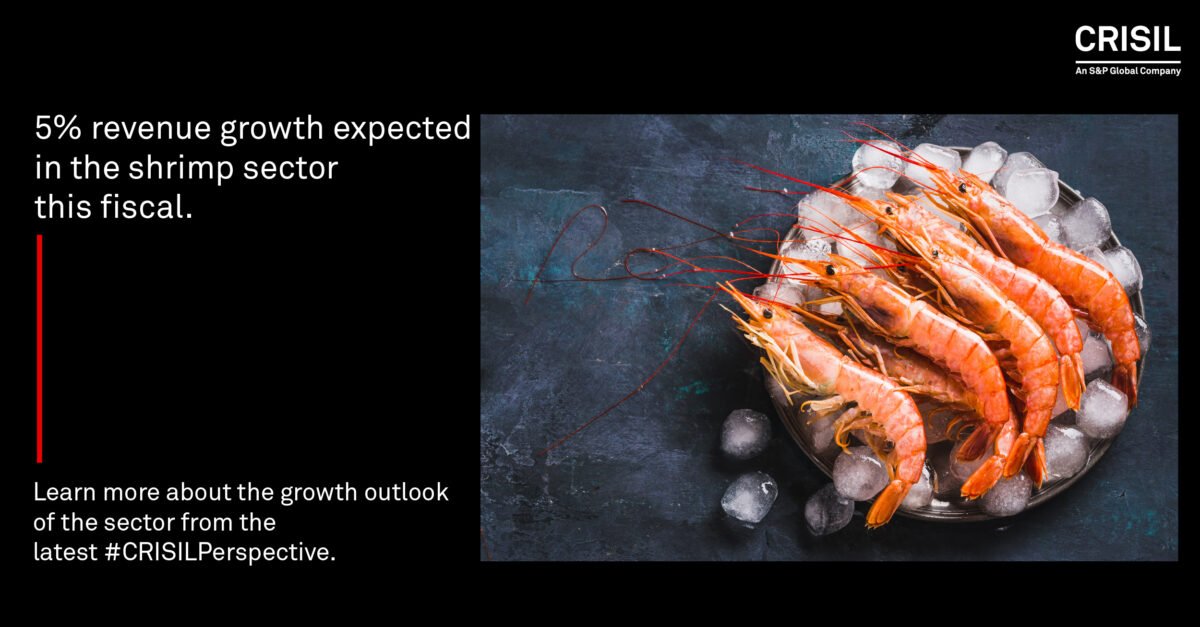Agrochemical industry to flourish more in the upcoming fiscal year in terms of local demand and export volumes: CRISIL
CRISIL Ratings predicted that the agrochemicals industry would expand at a rate of 7-9 per cent in the upcoming fiscal year, following a modest 5-6 per cent increase in the current financial year
According to CRISIL Ratings, the agrochemical sector is expected to develop at a faster rate in the upcoming fiscal year due to solid domestic demand and a rebound in export volumes. The agrochemicals industry is expected to grow at a rate of 7-9 per cent in the upcoming fiscal year, following a modest 5-6 per cent rise in the current one. A return to double-digit growth prior to the Covid-19 era will be impeded by historically low realisations, despite the fact that this will be supported by stable domestic demand and a recovery in export volumes, according to a statement from CRISIL Ratings.
Additionally, operating margins are showing signs of a sluggish recovery, increasing by roughly 100 basis points to 12–13 per cent, which is still less than the 15–16 per cent pre-pandemic levels. As a result, businesses will continue to exercise caution when making capital expenditures and concentrate on working capital management to maintain stable cash flows and balance sheets. This is supported by our analysis of agrochemical manufacturers, who generated about 90 per cent of the industry’s Rs 82,000 crore in total sales during the previous fiscal year. “CRISIL said.
“Revenue from exports, which comprises half of the sector’s total revenue, is witnessing change. Global firms have largely resolved their excess inventory issues related to low-cost Chinese supplies and are now ordering closer to the cropping season to better manage working capital. While we expect healthy volume growth this fiscal, revenue growth will be modest at 3-4 per cent amid pricing pressures from competitively priced Chinese products. In the next fiscal, this may improve to over 7 per cent as these pressures ease,” said Anuj Sethi, Senior Director, CRISIL Ratings.
“Export revenue, which makes up half of the sector’s overall revenue, is changing. Due to low-cost Chinese suppliers, multinational corporations have mostly overcome their surplus inventory problems. In order to better manage working capital, they are now placing orders closer to the planting season. Although we anticipate robust volume growth this fiscal year, pricing pressures from competitively priced Chinese goods will result in modest revenue growth of 3–4 per cent. As these pressures subside, this might rise to more than 7 per cent in the upcoming fiscal year, according to Anuj Sethi, Senior Director at CRISIL Ratings.
“We anticipate a slight improvement in the sector’s operating margin to approximately 12 per cent this fiscal year and 13 per cent next year,” stated Naren Kartic K, Associate Director, CRISIL Ratings. However, despite increased sales quantities, this growth will be constrained by persistent pricing pressures. As a result, in each of the upcoming fiscal years, the majority of businesses will continue to place a high priority on keeping their balance sheets sound by controlling working capital and keeping capex intensity below 1x.
CRISIL Ratings predicted that the agrochemicals industry






